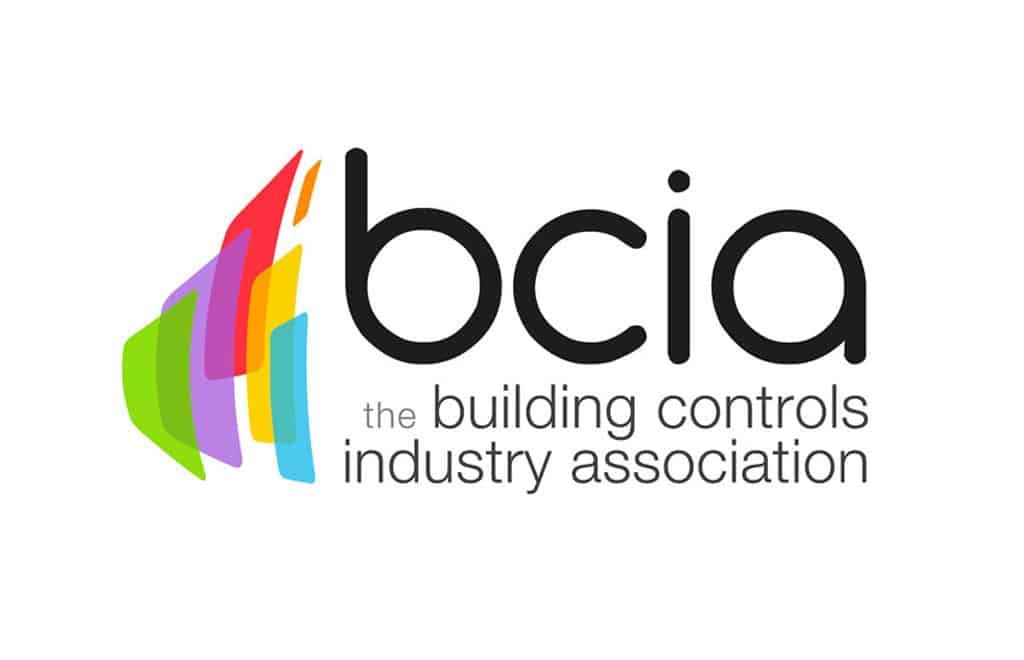Valued Contribution
BCIA President Graeme Rees discusses in more detail another of the strategic priorities listed in the BCIA’s Corporate Plan introduced earlier this year.
It’s been a busy month or so for the BCIA, most notably with our attendance at the CIBSE Careers Fair and the Smart Buildings Show in October. Our presence at events like these is important in for raising awareness of Building Controls and their role in contributing to a sustainable built environment for the future. Their importance must be emphasised even more in the wake of the Prime Minister’s speech on Net Zero in September. As part of the BCIA’s Corporate Plan our vision is for Building Controls to be embedded in building design with the benefits, from construction through to occupation, understood and prioritised.
Improved understanding
In order to deliver on this, one of the strategic priorities listed in the Plan is to increase the value placed on Building Controls through improved understanding, and to do this there are a number of challenges to overcome.
Currently, the value add of a BEMS, and the quantifiable outcomes, are not widely understood. There is limited awareness of building controls as a solution, and without clearer policy mandates, the rationale for investing in BEMS isn’t always recognised with solutions often being ‘value engineered’ as construction projects progress.
BEMS are not considered as a core component at design stage. There is, therefore, a need to raise the position of BEMS in the value chain, pursuing a position where BEMS providers are considered a strategic part of the project team.
Regulatory or even advisory guidance that specifies standardisation of terminology, systems specification, and contracts doesn’t exist and, as a result, consultants and non-technical professionals often don’t fully understand BEMS, leading to inconsistent specifications or substandard specifications for the desired outcomes of end-users.
Market drivers such as energy prices, health & wellbeing, improved connectivity and cyber resilience are changing the market at significant pace. The sector needs to be able to respond through innovation, expertise and service delivery rather than on a cost-driven basis.
Finally, the BCIA’s Market Information Service (MIS) data is the only data of its kind for the industry. However, this is currently only retained for members’ use. Leveraging the insights from the data can help to tell a story of growth and opportunity, as well as identifying challenge areas for the industry, in turn raising the importance of the sector in the minds of Government departments and other stakeholders.
An essential advisory component
In response, the BCIA aims to achieve a series of objectives, including:
Pursue a position whereby BEMS can be considered an essential advisory component
Increase the recognition of the size, value and contribution of the sector through improved benchmarking and the Market Information Service
Increase the value of BCIA membership and the role we can play in supporting understanding of the sector
Improve our training offering to provide support for non-technical professionals, public sector and consultants to understand the purpose, role and outcomes of Building Controls
Our overarching goal is for Building Controls to be formally recognised as being able to deliver quantifiable benefits to the environment, to developers and clients, and to occupiers and users of the building. Only then will we really be able ensure that smart technology is not chosen and installed without a clear vision of how and why it is being deployed in a particular building.
